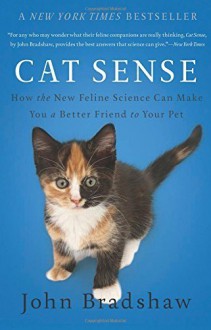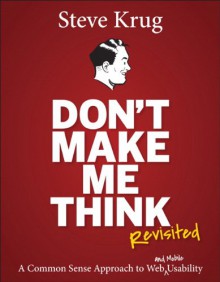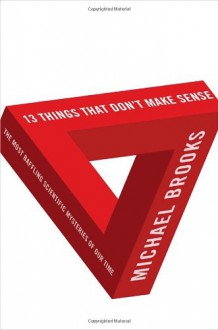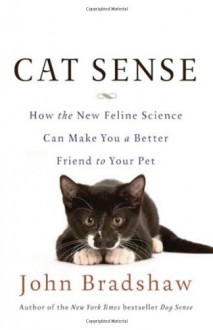
I read this. If you are a big cat nerd like me, it is a must read!
Cats have been popular household pets for thousands of years, and their numbers only continue to rise. Today there are three cats for every dog on the planet, and yet cats remain more mysterious, even to their most adoring owners. Unlike dogs, cats evolved as solitary hunters, and, while many have learned to live alongside humans and even feel affection for us, they still don’t quite “get us” the way dogs do, and perhaps they never will. But cats have rich emotional lives that we need to respect and understand if they are to thrive in our company.
In Cat Sense, renowned anthrozoologist John Bradshaw takes us further into the mind of the domestic cat than ever before, using cutting-edge scientific research to dispel the myths and explain the true nature of our feline friends. Tracing the cat’s evolution from lone predator to domesticated companion, Bradshaw shows that although cats and humans have been living together for at least eight thousand years, cats remain independent, predatory, and wary of contact with their own kind, qualities that often clash with our modern lifestyles. Cats still have three out of four paws firmly planted in the wild, and within only a few generations can easily revert back to the independent way of life that was the exclusive preserve of their predecessors some 10,000 years ago. Cats are astonishingly flexible, and given the right environment they can adapt to a life of domesticity with their owners—but to continue do so, they will increasingly need our help. If we’re to live in harmony with our cats, Bradshaw explains, we first need to understand their inherited quirks: understanding their body language, keeping their environments—however small—sufficiently interesting, and becoming more proactive in managing both their natural hunting instincts and their relationships with other cats.

 Log in with Facebook
Log in with Facebook 








